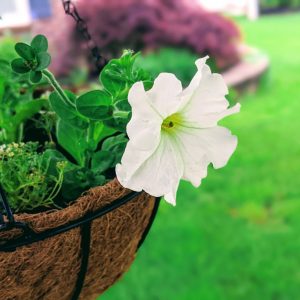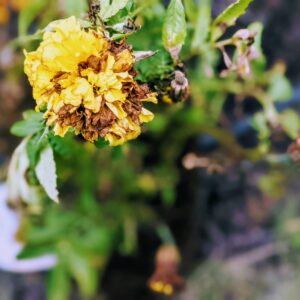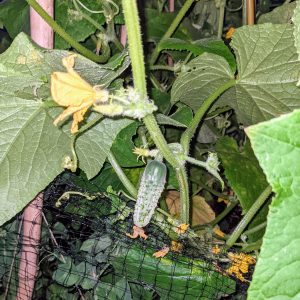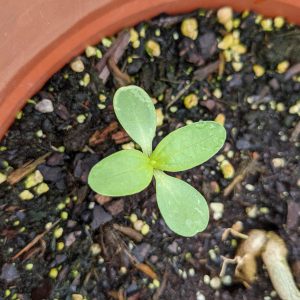What Is Deadheading and What Flowers Do You Deadhead
Did you know you could enhance the quality of your garden by deadheading flowers? It’s not just the unkempt look of deadheads, but you’ll actually enjoy more and better blooms in most cases! I’ll walk you through the answers to questions like, what is deadheading and what flowers do you deadhead.
Even if you are a beginner in the garden, you’ve got this! You have questions; I have answers. Let’s get right to it!
What Is Deadheading (Flowers)?
Deadheading flowers involves removing spent blooms to encourage continued blooming. Dead flower heads may otherwise accumulate on the plant, slowing growth and adding a raggedy look to the plant.
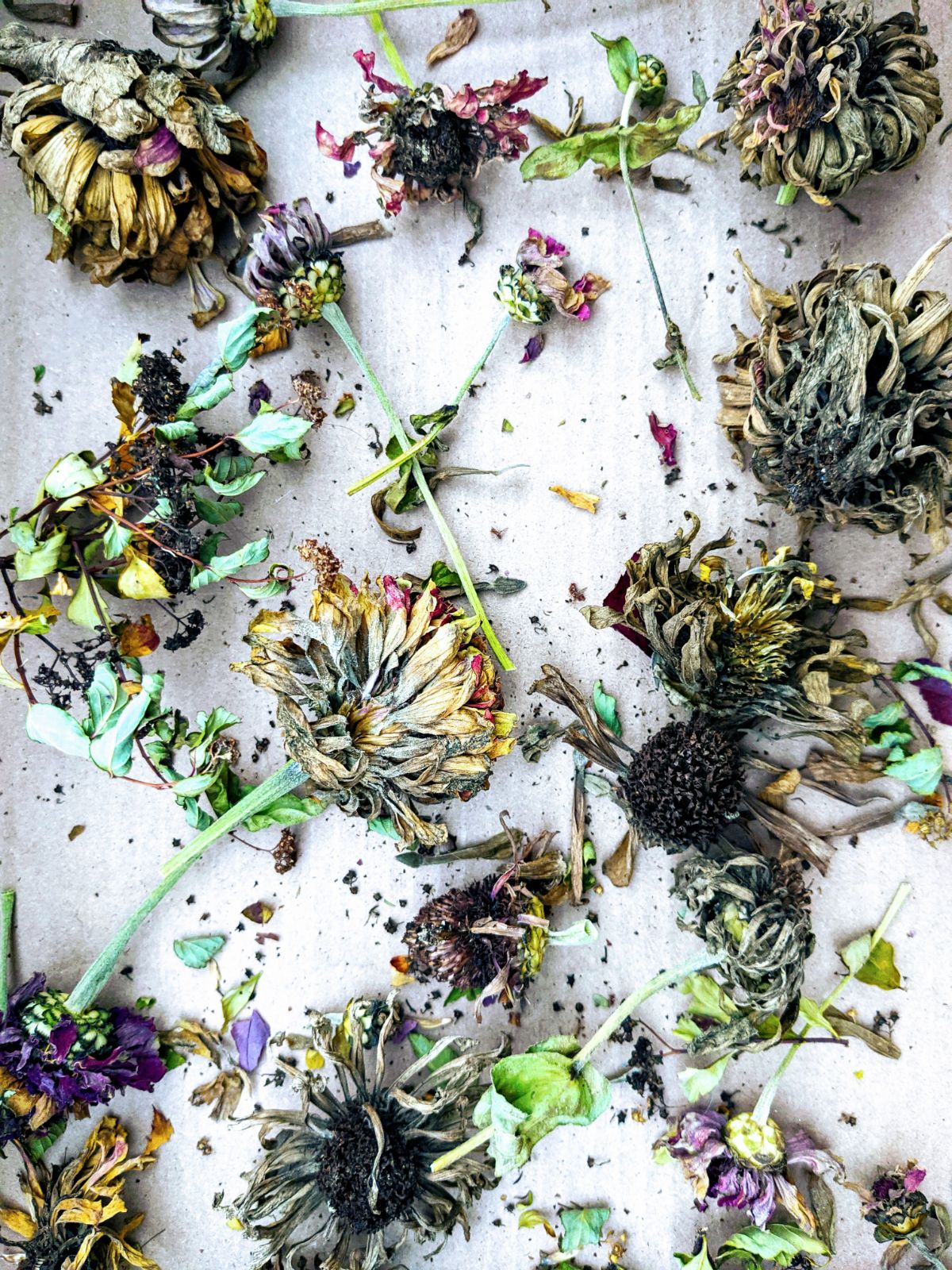
Benefits of Deadheading Flowers
- Encourage More Blooms
- Keep Plants Looking Healthy
- Redirect the Plant’s Energy to New Blooms
- Replenish Nectar for Pollinators
- Prevent Seed Formation for Prolific Self-Sowing Plants
- Collect Seeds for Next Year from Mature Seed Heads
Deadheading zinnias is one of the easiest ways to learn about removing spent flowers. It’s a rewarding experience due to all the many benefits of cutting off the dead weight.
Learning how to deadhead sunflowers can extend the growing season of your cutting garden!
Disadvantages of Deadheading Flowers
Deadheading offers numerous benefits to the garden. However, if you remove spent blooms before the seeds mature, those seeds won’t be viable for next year’s plantings.
If you’re a compulsive seed saver like me, this will be more than a bit distressing.
So, if you wish to save seeds for next year and for seed swaps, you should allow at least some of your annuals and perennials to go to seed, keeping a few dead blooms on the plant, at least sometime before the season ends.
Totally dry and brown flower heads generally have the best chances of mature seeds! Look and see if you can find a few!
How to Deadhead Flowers
Even children can help in the garden with deadheading flowers. It’s quick and easy to deadhead plants – simply snip off dead blooms above the first healthy set of true leaves.
In many cases as with zinnias and sunflowers we’ve grown in our own garden, new blooms will begin to grow from the healthy leaf joints.
If your growing season is long enough, you can enjoy cut-and-come-again flowers all summer and autumn long!
Follow these steps to deadhead flowers:
- Visit your garden and look around for spent blooms.
- Use a pair of garden shears, pruners, or scissors to snip off dead blooms above the next healthy set of leaves. (You may also pinch off dead flowers if the stems cooperate.)
- Collect the deadheads to check for viable seeds to save for next year.
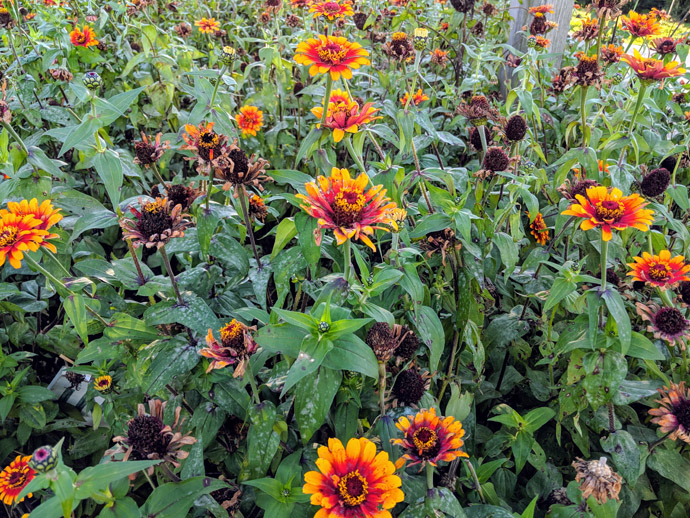
Can You Save Seeds When Deadheading?
When deadheading plants in your garden, you may find some spent seed heads with viable seeds for next year. You may also find that some of the seeds from dead flowers weren’t fully mature.
Aim to familiarize yourself with the characteristics of mature seeds of your favorite varieties for saving. Know the color, shape, size, texture, and thickness of viable seeds for each plant.
You can always test seeds using the paper towel method to determine viability and germination rate.
If some of the seeds from the deadheads sprout, they’re worth saving and planting again next season.
What Flowers Do You Deadhead?
Not all flowers require the same needs in the garden. Some flowers will produce a bigger harvest of blooms when you dedicate yourself to deadheading spent flowers.
What flowers to deadhead will depend largely on whether you’re waiting for mature seeds or not. Also, some flowers thrive with deadheading.
You may find more bountiful blooms when deadheading flowers like:
- Bee Balms
- Begonias
- Campanulas
- Coneflower / Echinacea
- Cosmos
- Daisies (various)
- Delphinium
- Gaillardia / Blanket Flowers
- Geranium
- Lupine
- Marigolds
- Petunias
- Phlox
- Roses
- Salvia
- Snapdragons
- Sunflowers
- Sweet Peas
- Yarrow
- Zinnias
Deadheading perennial shrubs can also improve your garden beds and landscape. Learning how to deadhead hydrangeas may extend bloom time, encourage more flowers, and absolutely tidies up the garden.
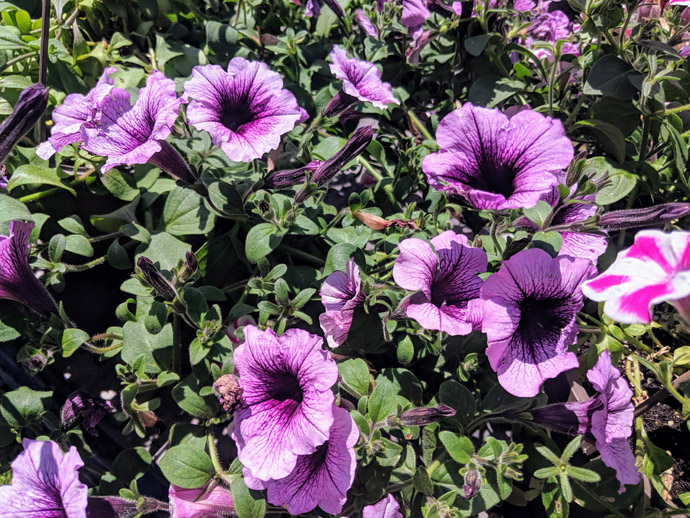
Flower Deadheading Tips and Tricks
- Deadhead when blossoms begin to fade. You don’t have to wait for a brown, crispy flower head.
- Check for promising seeds first. Some of the dead flower heads may have matured enough to produce new plants next year.
- Compost any spent blooms, stems, and leaves. (After checking for viable seed, of course!)
- Choose your snipping tool according to stem thickness. You may find scissors or nippers are perfect for most deadheading jobs. However, roses and other woody plants will benefit from true pruners during deadheading.
- Fertilize for healthy plants. Regular fertilizing helps plants and flowers to grow to their full potential. Try an easy, all-purpose, liquid-soluble fertilizer like Miracle Gro if you aren’t sure which to choose.
- Keep up on deadheading. Deadheading flowers in your garden doesn’t have to be a major undertaking. Take a few minutes each week to check your gardens for obvious areas needing attention.
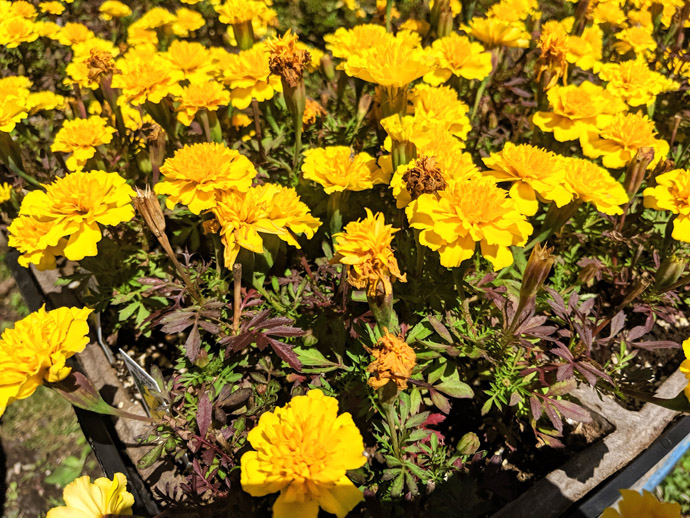
How to Deadhead Perennials
The process of deadheading perennials tends to be different for some plants as compared to deadheading annuals. Cutting back is one method that involves pruning the plant down to just a few inches above the ground.
Take peonies, for example. Once the blooms are spent, you can cut back the whole plant rather than simply snipping off the blossoms. I’ve heard of gardeners cutting the peonies down after blooms are done and then planting other flowers instead.
How to Cut Back Perennials
- Use loppers or pruning shears to trim a perennial plant down to within two or three inches of the ground.
- Compost or discard the yard waste.
- Plant annual flowers like zinnias in the new space you’ve just revealed! Yay, more gardening space!
What is deadheading going to do for your garden? It should boost blooms and extend your bloom season for flowers that thrive with deadheading.
The garden itself will look more pristine and the plants will happily devote their energy to the most important life processes.
Of course, deadheading should not be an added item to your stress bucket. If you get to it, that’s great! If you get busy or go away for a few weeks, everything should still be fine.
I hope this article on deadheading was helpful in explaining just how easy it is to deadhead flowers in your garden.
If you have any other questions, I’d love to hear from you. Please share questions or any thoughts on deadheading flowers in our comments below!
02.22.23 – Updated to add links to some flower posts. Adjusted spacing a bit.

